Date of travel: August 04, 2025 to August 08, 2025
Tuscany’s villages are renowned for their dreamy, historic, and enchanting atmosphere, where every cobblestone street, hilltop view, and local dish tells a story of “la dolce vita” – the sweet life in Italian.
Imagine unwinding in idyllic villages, surrounded by rolling hills, charming streets, and warm hospitality, creating the perfect retreat. That is Tuscany.
In Tuscany, one can easily dream of sipping wine on a sun-drenched terrace or savouring a leisurely lunch of local specialties like ribollita or pappardelle in a charming trattoria. You are in perfect holiday mood and you wander through medieval villages, discovering hidden piazzas, and take in the breath taking views of the countryside, with its iconic cypress trees, lush olive groves, and warm golden light. Yes, you are enjoying la dolce vita.
Whether you choose to relax in one village or embark on a village-hopping adventure, Tuscany’s picturesque towns will captivate your senses and leave you with unforgettable memories.
Though we did not visit in this trip, but I must mention about some popular and famous Tuscany villages worth considering and they are-
San Gimignano- Famous for its medieval towers and stunning views of the Tuscan countryside.
Montepulciano – Known for its grand palaces, beautiful streets, and excellent wine-tasting opportunities.
Pienza – A UNESCO World Heritage Site, famous for its well-preserved Renaissance architecture and delicious pecorino cheese.
Volterra – A charming hilltop town with Etruscan roots, featuring ancient ruins, Roman theaters, and alabaster craftsmanship.
Our Journey:
Colleoli:
Our recent Tuscan adventure began in the small charming village of Colleoli, nestled in the rolling hills of Tuscany.
Located 40 kilometres from Pisa and 60 kilometres from Florence, Colleoli is easily accessible by car, with Siena, San Gimignano, Volterra and other tourist destinations are within easy driving distance.
Main reason of visiting this medieval village is Borgo di Colleoli Resort, booked through our Karma holiday group membership.
The luxurious resort was originally a hilltop medieval castle which was converted to a sprawling manor house for Tuscan aristocrats and later was redesigned as a lovely 5* resort in 2003.
Managed by efficient Karma group, the resort boasts of lovely wine bar, two large swimming pools, a multi-cuisine restaurant and delightfully designed suites as well as apartments. The resort offers Wine tasting and truffle hunting experiences at a reasonable cost. Friendly and ever attending staff coupled with lively fellow members and lovely ambiance made the resort stay a memorable one.
However, one needs a vehicle as no public transport is available. Special transport service is offered by a local retired British professor at a nominal charge to visit nearby villages but Pre booking should be done through resort office. Otherwise taxi service is very expensive.
Colleoli village is very small and picturesque, offers panoramic views and scenic drives. It has a 13th century Romanesque church and facilities of agritourism. Fattoria de Colleoli is a nice example of agritourism located next to Karma Borgo de Colleoli resort.
Pizzeria i tigli, located at the starting corner of the village is a must visit restaurant because of its tasty local cuisine and nice sunset views.
Ideal for leisurely morning or sunset stroll, we regularly used to walk along the beautiful village streets and visited nearby village Palaia twice.
Palaia:
Palaia is a picturesque medieval village located just 2 kilometres from Colleoli, making it an ideal destination for tourists from resorts of Colleoli.The 30-minute walk along the winding, tree-covered road offers a serene and scenic experience.
Palaia’s Charm:
– Medieval Architecture: Palaia’s historic centre features narrow streets, stone buildings, and charming piazzas.
– Historical Significance: The village has a rich history, with evidence of human settlement dating back to the Etruscan and Roman periods.
– Scenic Views: Palaia offers breath taking views of the surrounding Tuscan countryside.
Historical significance:
Palaia’s golden age ran through the 13th and 14th centuries, when the Parish Church of San Martino, a unique and vast building located just outside the village walls, was built in 1279; the Church of Sant’Andrea, a Romanesque church which is home to precious works such as the wooden Crucifix credited to Andrea Pisano.
The Watchtower is also well worth visiting, being located right in the middle of the village. It was once a civic door and became the Civic Hours Tower in 1655.
Palaia’s Municipal Palace is one of the most historic buildings in the entire village. With its three floors and huge front exterior full of classical details, it holds a dominating position over Piazza della Repubblica.
Entertainment:
Palaia boasts of a pub known as Peggio Palaia Pub at the center of the village and one family run café called Bar la Chicca which serves wine, beer, snacks and excellent ice cream as well as refreshing coffee.
Among restaurants Bacciomio and Osteria San Michelle are excellent. It is advisable to book the table for dinner in advance and to remember that Bacciomio remains closed on Wednesdays.
Off the Beaten Path:
Having already explored Florence, Pisa and San Gimignano on our 2017 Italian trip, we opted for a new approach this time-village hopping in Tuscany. This allowed us to discover the region’s hidden gems and experience the authentic charm of its lesser known villages.
Lajatico:
Our first stop was a charming little village Lajatico, the birthplace of world-renowned Italian singer Andrea Bocelli.
I have been listening to the wonderful melodious voice of blind singer since 15-20 years, so could not suppress my excitement of visiting the place where he was born. His duet “Con te partiro” with Sarah Brightman is an all-time classic, while my personal favourites include ‘Besame mucho’ and the duet “The Prayer” with Celine Dion.
Lajatico has picturesque landscapes, cultural heritage and offers a glimpse into its medieval past, with historic buildings, narrow streets and scenic views.
Main sights in Lajatico are its neoclassical style Church of St.Leonard, Belltower and clock at the village centre, town hall, municipal theatre and famous ‘Theatre of Silence’.
Theatre of Silence (Teatro del Silenzio) is a natural open air theatre framed in the hills and meadows of Lajatico. Andrea Bocelli performs at this unique venue in July of every year.
The rest of the year, the theatre remains silent, waiting for Bocelli’s annual performance, which is a highly anticipated event.
Peccioli:
Our next stop was Peccioli, a charming Tuscan village which has become a hub for modern art, earning it the title of “small Italian capital of contemporary art“. The town’s Museum of Contemporary Art in the Open Air (MACCA) features over 70 large-scale installations scattered throughout the village and its surrounding hills.
Peccioli’s main attraction is a unique blend of modern art and ancient architecture. The town features a beautiful sky bridge called “Endless Sunset,” designed by Italian artist Patrick Tuttofuoco, which connects the historic centre to the newer parts of town. This bridge is adorned with a colourful spiral design, making it a stunning piece of art.
Things to See and Do in Peccioli:
– Endless Sunset Bridge: A vibrant, spiral-designed bridge connecting old and new Peccioli.
– MACCA (Museo d’Arte Contemporanea a Cielo Aperto) : An open-air contemporary art museum featuring large-scale installations.
– Panoramic Terrace: Offers breathtaking views of the surrounding Tuscan countryside.
– Pieve di San Verano: An ancient church showcasing Peccioli’s rich history.
– Gli Sguardi di Peccioli: An installation featuring photographs of local residents’ eyes.
– Giants of Peccioli: Large-scale sculptures by Miroslaw Balka, part of the MACCA collection.
– Fonte Mazzola Amphitheatre: A modern amphitheatre built in 2007, inspired by ancient Greek and Roman designs.
Peccioli’s modern art scene is not limited to traditional museum spaces. Instead, it permeates the town’s architecture, landscape, and daily life, making it a unique and immersive experience for visitors.
Terricciola:
Terricciola, our final stop on this Tuscan adventure, was a charming village that stole our hearts. Known as the “City of Wine,” Terricciola boasts a rich wine production history and cultural significance. We immersed ourselves in the village’s wine scene, which features traditional Tuscan varieties like Sangiovese, Canaiolo, and Ciliegiolo for red wines, and Trebbiano and Malvasia for whites.
Wine Country
– Badia di Morrona and Podere La Chiesa: These renowned wineries and vineyards offer regular wine tasting tours, allowing enthusiasts to sample some of the world’s best wines.
– Wine Festivals: Terricciola hosts various festivals throughout the year, including the Strawberry Festival in May, Grape and Wine Festivals in September, and White Wine Night in July.
Exploring Terricciola
– Narrow Winding Roads: The village’s charming streets are typical of Tuscany, inviting visitors to wander and discover its secrets.
– Church of San Donato: Located in the highest part of the town, this church features stunning neoclassical interiors and houses the beautiful “Madonna with Child and Saints” attributed to Anton Bamberini.
A Glimpse into History
– Etruscan Roots: Terricciola’s wine culture dates back to the Etruscan era, a testament to the region’s long-standing tradition of winemaking.
Our visit to Terricciola was a perfect conclusion to our Tuscan journey, with its rich history, charming landscapes, and exceptional wines leaving a lasting impression.

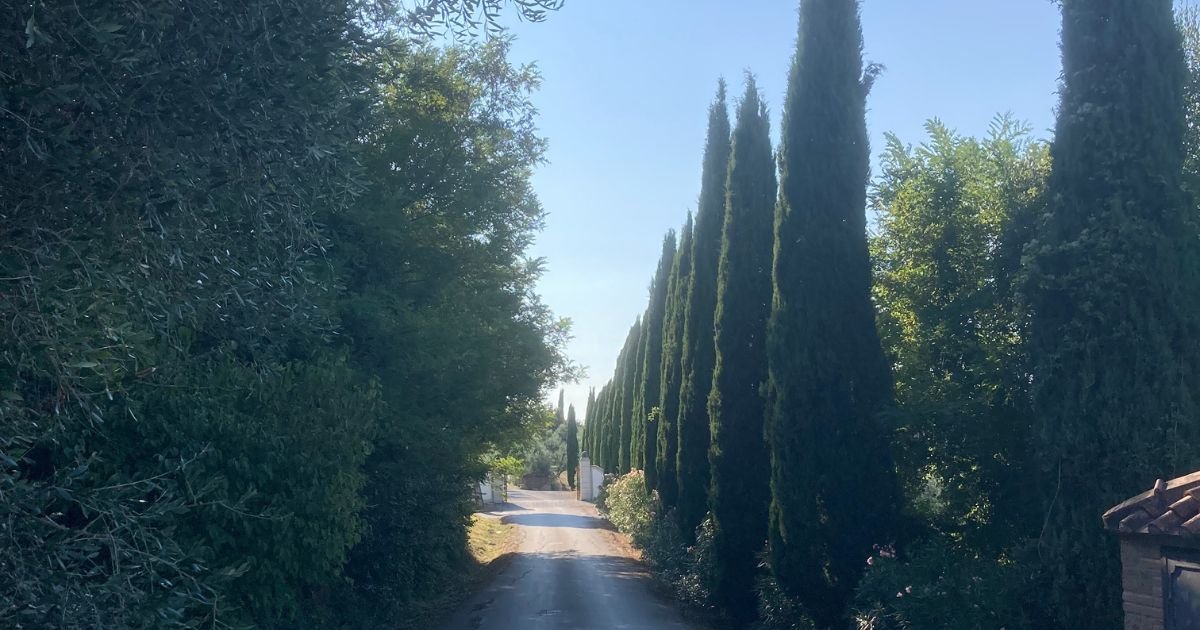
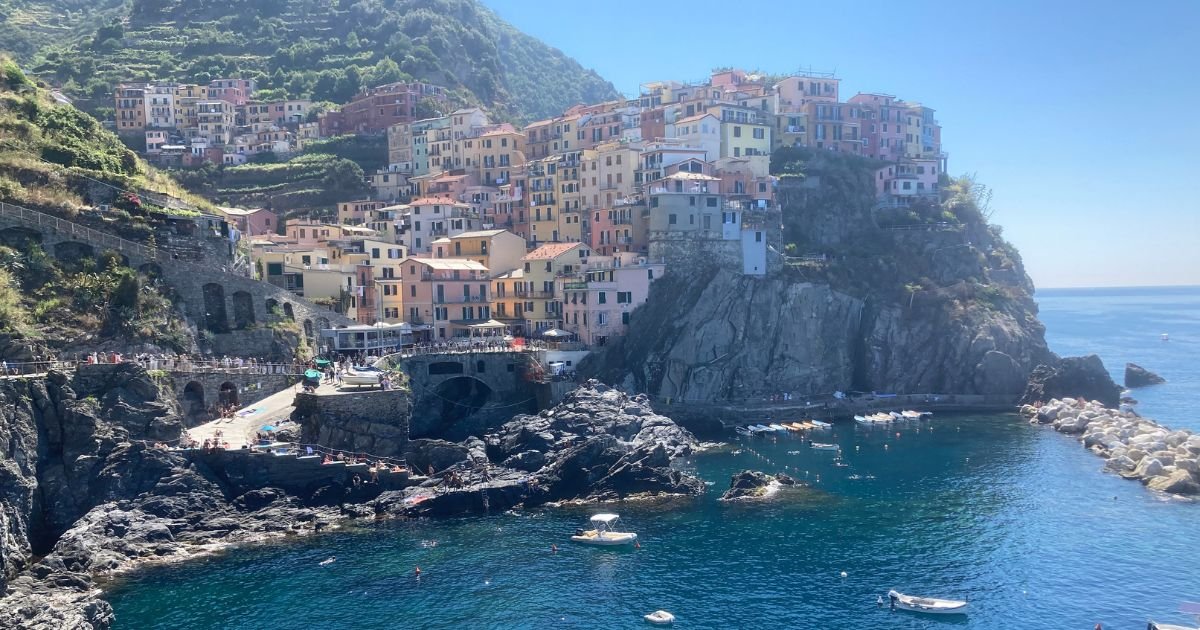
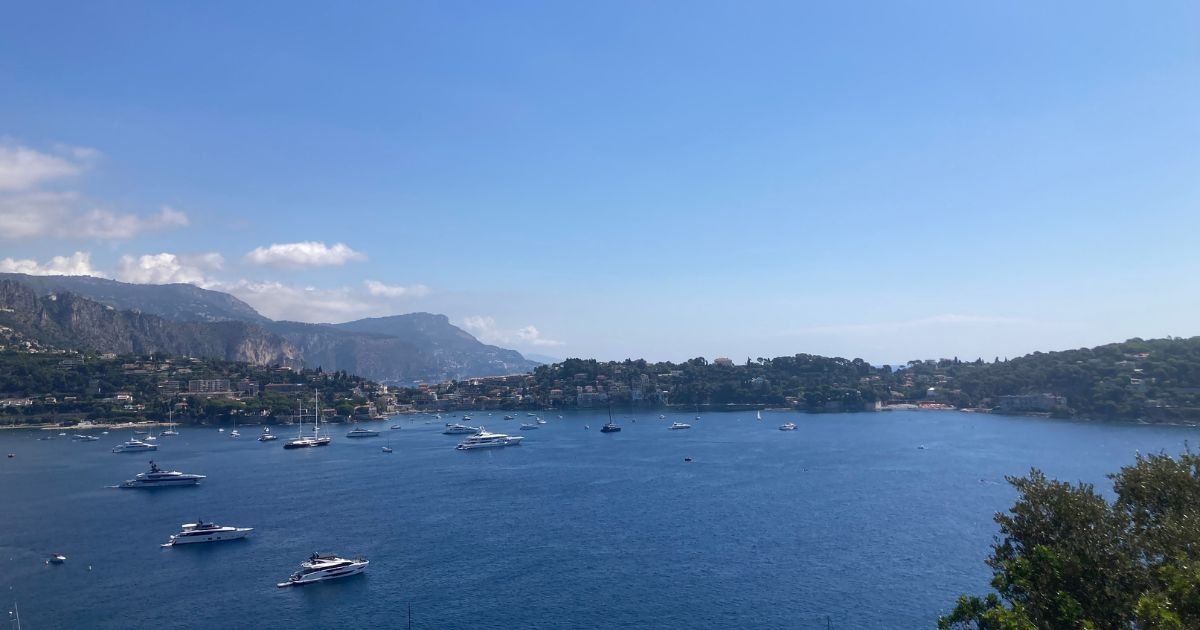
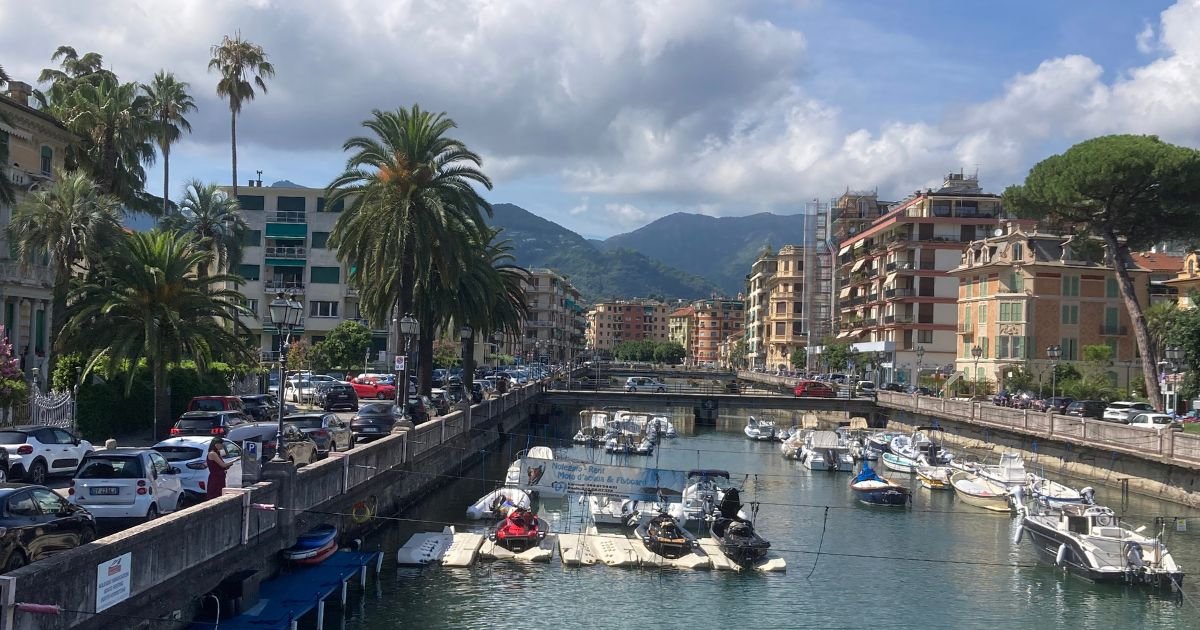
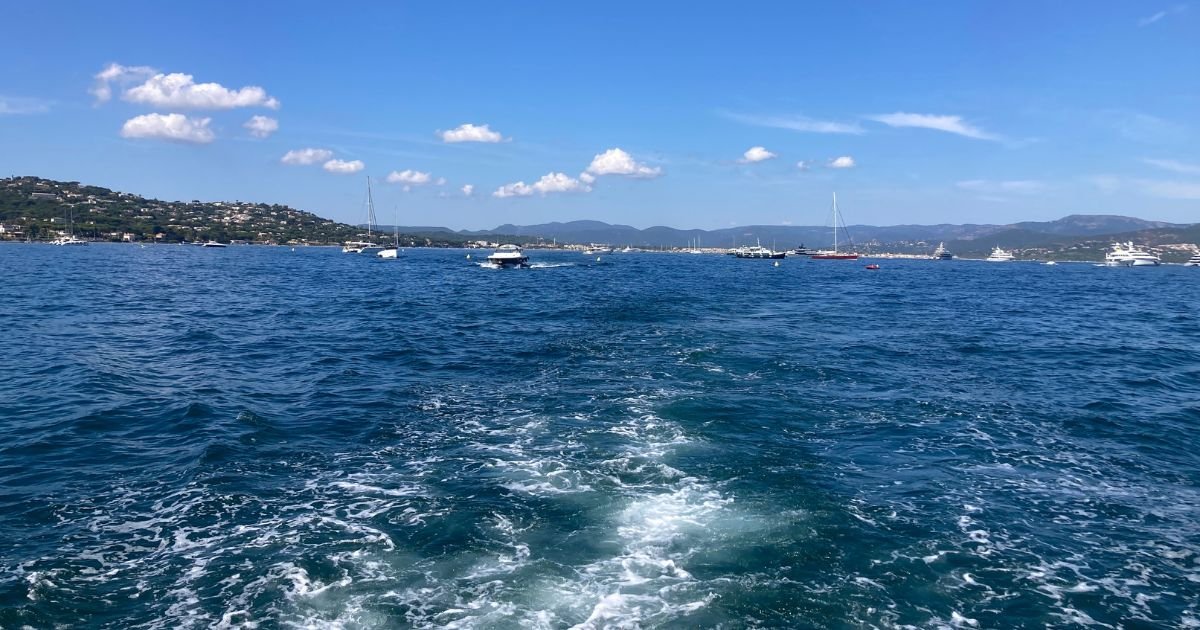
21 thoughts on “An Escape to Tuscany’s Enchanting Villages”
Sir
Truly enjoyed while seeing the pictures it’s really very good and nice place.All beaches, waterfalls awesome
Thank you so much for your lovely feedback
Sir
Truly enjoyed while seeing the pictures it’s really very good and nice place.All beaches, waterfalls.Really enjoyed
Thank you so much for your lovely feedback.
Wow! How you manage to take these lively pictures, which elaborates the tour, is really amazing 👏 . Well narrated. The villages have really picturesque scenes
Thank you so much. Lovely and encouraging feedbacks always come from you. Highly appreciate.
I loved reading the blog. Nicely written article on villages of Tuscany with their history and pictures. Enjoyed travelling with you.
Thanks for your comments, my great companion. We love to explore the countries together very much.
Elaborate & vivid description of those picturesque villages of Italy . These are the glimpses of the “ hidden Italy” that are away from the major tourist destinations . Truly commendable!!
Thanks for lovely analysis and encouraging feedbacks. We always enjoy travelling together.
Tuscany is such a sleepy town with such scenic beauty. You are visiting small unexplored villages and enjoy the local heritage and medieval outlook. However long you spend in such place, you always feel you should have stayed more. Pictures taken where outstanding.
more.
Thanks a lot Sir for such nice feedback and great analysis. You always encourage me.
Beautifully narrated . Pics are also so beautiful. Keep writing
Thank you very much. Glad that you liked it.
Excellent narrative. Smooth like famous Tuscany wine.
Thanks a lot Somnath. What a lovely way to express your thoughts.
Tuscany’s village is gem of a location. It is remarkable that you made it a point to visit it. It appears to be a sleepy villages with rich culture and medieval structures. Such places one always feel that they could have stayed longer. Dil Mange More. Your photos are excellent. Enjoyed your blog.
Thanks Sir for your lovely analysis and cheerful feedback.
Excellent narration and photos of
Tuscany would have loved to be there with you enjoying wine Kash
Thank you Kamlesh for your inspiring review and great feedback.
Thanks Kamlesh for your feedback. Yes we must travel together to those enchanting places.